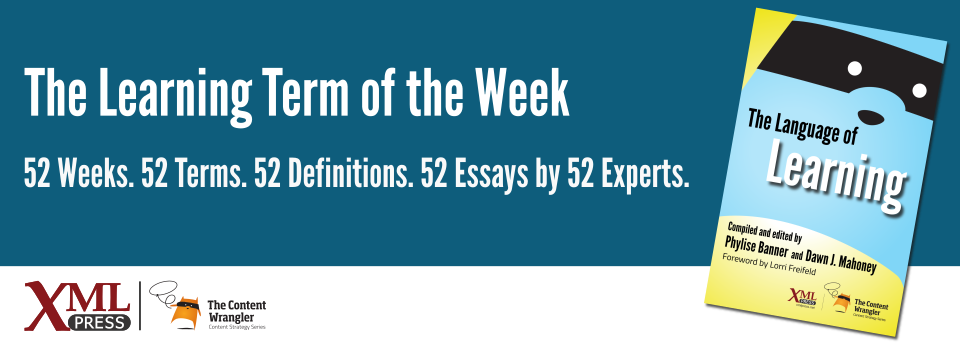What is it?
Risk-free, hands-on learning environments that provide materials, tools, technologies, and support services for learners to transform ideas into projects and products.
Why is it important?
Typically set in physical locations, makerspaces foster curiosity and creativity by enabling participants to learn by doing. Consider what it means to tinker—to explore what you have on hand, see how things might fit together, and try your hand at creating something.
Makerspaces provide that opportunity to tinker—individually and collaboratively—and share our insights along the way. They establish risk-free environments that leverage everything good that comes from giving learners agency to initiate their own learning processes and determine their own pathways to success (or failure).
Why does a business professional need to know this?
Business professionals can use makerspaces to create environments where employees can envision, prototype, and create business solutions. And employees can participate in some of the many makerspaces that have been created as part of this movement(Makerspace).
Key questions to consider that can guide the impact of a makerspace on your organization:
- Challenge: What do you want your learners to walk away with?
- Process: What steps do they need to take in order to meet the challenge?
- Resources: What tools and parts will they need to make their designs happen?
- Guidance: What expertise needs to be on hand to help learners?
- Collaboration: What opportunities will learners have to collaborate?
- Safety: What precautions can you put in place at each stage of the making process to allow learners to safely fail, iterate, re-make, and innovate?
- Showcase: Where will you showcase the makerspace products?
- Conversation: How will you continue the conversation and continue to engage the community?
A makerspace is not just about making—it’s about sharing, modifying, iterating, failing, and re-making. We need more spaces (in-person and virtual) where we can do just that. Many of us learn best by doing, and we need more spaces in our work where we have opportunities to try, and maybe even fail.
Most makerspaces that serve the DIY and builder movements put safety first. This is how, and why failure is ok—nobody gets hurt! Failure can result in iteration, and iteration can result in innovation.
New theories, new practices, and new approaches unveiled in makerspaces can spawn innovations that can shape the future of the business.
References
- (Makerspace-1) What is a makerspace?: An academic perspective on makerspaces with a great overview and introduction to what a Makerspace is. Includes playbooks and project ideas.
- (Makerspace-2) Makerspace: This site has a Makerspace directory and links to Make magazine, Maker Faire events, and Maker Shed kits you can buy to create innovative tech-based materials.

